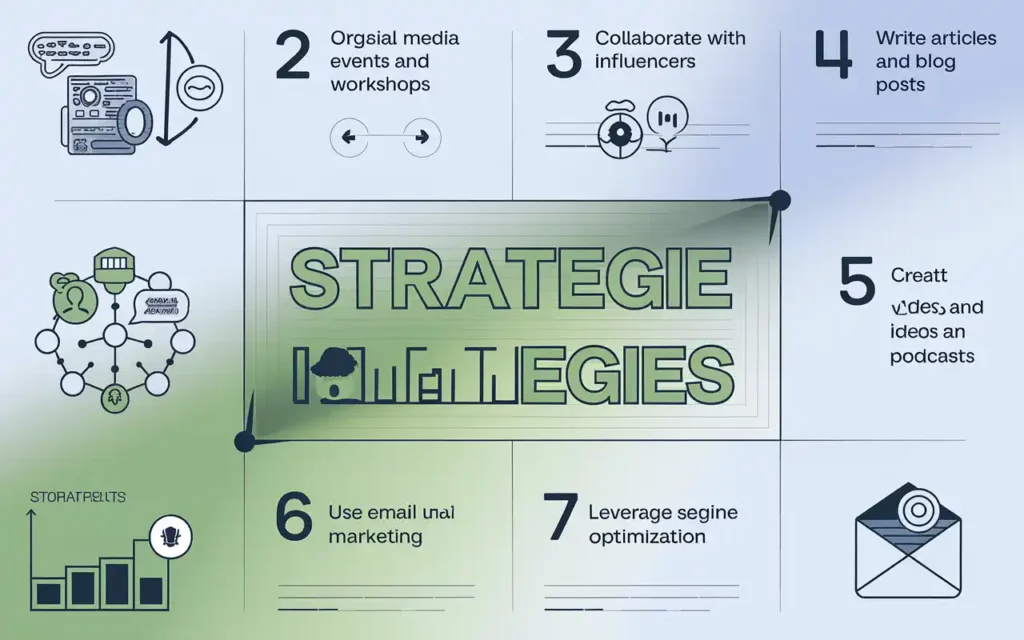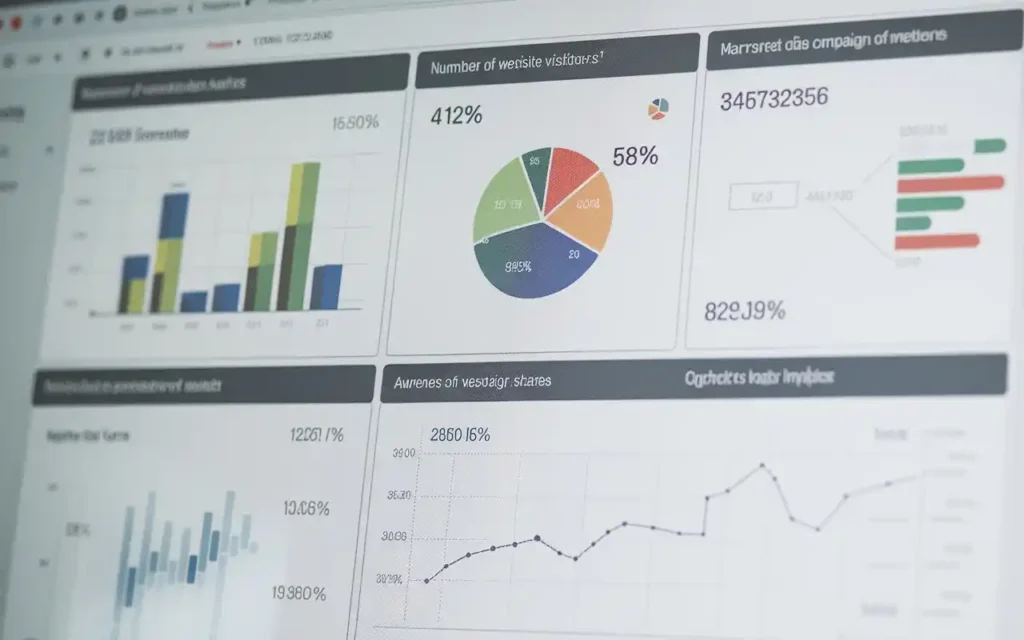Spread Awareness: Comprehensive Guide to Effective Awareness Campaigns
Introduction
In today’s interconnected world, the ability to spread awareness effectively is crucial for driving social change, promoting health initiatives, and addressing environmental challenges. This comprehensive guide delves into the strategies, tools, and best practices for spreading awareness across various platforms and audiences.
1. Understanding the Importance of Spreading Awareness
Spreading awareness is essential because it lays the foundation for informed action and collective effort. Whether addressing public health issues, social injustices, or environmental concerns, raising awareness helps to educate the public, mobilize resources, and inspire meaningful change.
Why Awareness Matters
- Educates the public on critical issues.
- Encourages community engagement and participation.
- Attracts support from stakeholders and policymakers.
- Drives funding and resource allocation.
The Ripple Effect of Awareness
When awareness is spread effectively, it creates a ripple effect that can lead to widespread societal transformation. From changing individual behaviors to influencing large-scale policies, the impact of a well-executed awareness campaign cannot be overstated.
2. Identifying Your Target Audience

Spreading awareness begins with understanding who you want to reach. Identifying your target audience ensures that your message resonates and prompts the desired action.
Demographic Analysis
Consider factors such as age, gender, location, and socioeconomic status to tailor your message effectively.
Psychographic Insights
Understanding your audience’s interests, values, and lifestyles can help in crafting messages that connect on a deeper level.
Segmenting Your Audience
- Primary Audience: The main group you aim to influence.
- Secondary Audience: Groups that indirectly impact your primary audience.
- Tertiary Audience: Broader groups that can amplify your message.
3. Crafting a Compelling Message

Spreading awareness effectively hinges on the clarity and impact of your message. A compelling message captures attention, evokes emotion, and inspires action.
Core Message Development
Identify the key points you want to communicate and ensure they are clear and concise to spread awareness.
Emotional Appeal
Use storytelling and emotional triggers to connect with your audience on a personal level.
Call to Action
Encourage your audience to take specific actions, whether it’s donating, volunteering, or spreading the word further.
4. Choosing the Right Platforms
Choosing the right platforms is vital when you spread awareness. The platforms you select will determine how effectively your message reaches and engages your target audience.
Digital Platforms
- Social Media (Facebook, Twitter, Instagram)
- Websites and Blogs
- Email Marketing
- Online Forums and Communities
Traditional Media
- Television and Radio
- Print Media (Newspapers, Magazines)
- Billboards and Posters
Hybrid Approaches
Combining digital and traditional platforms can maximize reach and reinforce your message across different audience segments.
5. Leveraging Social Media for Awareness

Spreading awareness on social media offers unparalleled reach and engagement opportunities. Platforms like Facebook, Instagram, and Twitter are powerful tools for amplifying your message.
Creating Engaging Content
Use a mix of images, videos, infographics, and stories to keep your audience engaged and interested.
Hashtag Campaigns
Developing unique hashtags can help track the spread of your message and encourage user-generated content.
Interacting with Your Audience
Respond to comments, participate in conversations, and show appreciation for shares and mentions to build a loyal community.
6. Collaborating with Influencers and Partners
Collaborating with influencers and partners is an effective way to spread awareness to a broader audience. Influencers bring credibility and a dedicated following that can amplify your message.
Identifying Relevant Influencers
Choose influencers whose values align with your cause and who have an engaged audience that matches your target demographic.
Building Strategic Partnerships
Partnering with organizations, businesses, and community leaders can enhance your campaign’s reach and impact.
Co-creating Content
Work with influencers and partners to create authentic and compelling content that resonates with their audiences.
7. Utilizing Traditional Media Channels
While digital platforms are essential, traditional media channels remain valuable for spreading awareness to audiences that may not be as active online.
Press Releases and Media Kits
Distribute press releases and media kits to journalists and media outlets to gain coverage for your campaign.
Public Service Announcements (PSAs)
Create PSAs for television and radio to reach a wider and more diverse audience.
Events and Public Gatherings
Host events, workshops, and seminars to engage with the community directly and foster a sense of involvement.
8. Measuring the Impact of Your Awareness Campaign

Measuring the impact of your efforts to spread awareness is crucial for understanding what works and what needs improvement.
Key Performance Indicators (KPIs)
- Reach and Impressions
- Engagement Rates
- Conversion Rates
- Audience Growth
Tools and Methodologies
Utilize analytics tools like Google Analytics, social media insights, and survey platforms to gather data.
Analyzing and Reporting
Regularly analyze the collected data to assess the effectiveness of your campaign and make informed adjustments.
9. Sustaining Awareness Over Time
Sustaining awareness over time ensures that your message remains relevant and continues to inspire action. Consistency is key when it comes to spreading awareness.
Regular Content Updates
Keep your audience engaged by regularly updating your content with new information, stories, and resources.
Community Engagement
Foster a community around your cause by encouraging discussions, hosting events, and facilitating collaborations.
Long-term Partnerships
Maintain relationships with partners and stakeholders to support ongoing awareness efforts and initiatives.
10. Case Studies of Successful Awareness Campaigns

Examining successful campaigns can provide valuable insights into effective strategies for spreading awareness.
Campaign 1: #IceBucketChallenge
The ALS Ice Bucket Challenge went viral by combining a simple, engaging activity with a compelling cause, demonstrating the power of social media in spreading awareness.
Campaign 2: Dove’s Real Beauty
Dove’s campaign challenged traditional beauty standards by promoting body positivity, effectively spreading awareness about self-esteem and diversity.
Campaign 3: Greenpeace’s Save the Arctic
Greenpeace utilized impactful imagery and grassroots activism to spread awareness about the threats to the Arctic environment.
Lessons Learned
- Authenticity and relatability are crucial.
- Leveraging multiple platforms amplifies reach.
- Engaging visuals and storytelling enhance impact.
Conclusion
Effective spreading awareness requires a strategic approach that combines understanding your audience, crafting a compelling message, leveraging the right platforms, and continuously measuring and adapting your efforts. By implementing the strategies outlined in this guide, you can create impactful awareness campaigns that drive meaningful change.
Final Thoughts
Remember, awareness is the first step towards action. Stay committed, be authentic, and engage your community to ensure your message not only reaches but also resonates with your audience.
References




